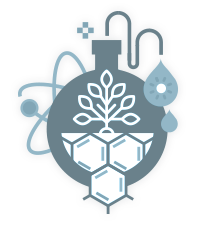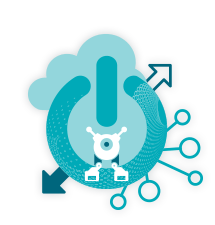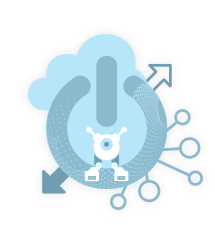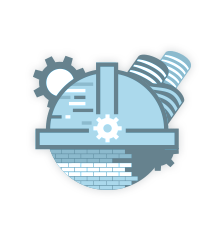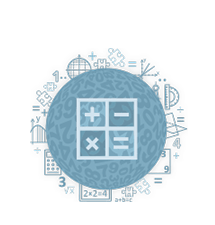STEAM Learning
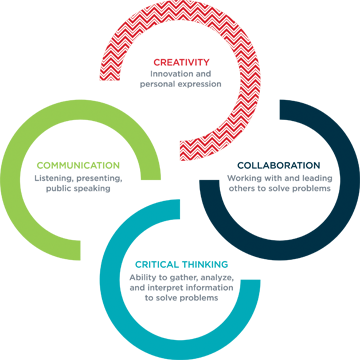 In all our early education programs, we teach a curriculum founded on the integration of Science, Technology, Engineering, the Arts, and Mathematics, into every learning experience. We want our little learners to develop and grow so they can navigate the world successfully. That’s why we use STEAM to build and teacher essential school readiness skills (the 4 Cs):
In all our early education programs, we teach a curriculum founded on the integration of Science, Technology, Engineering, the Arts, and Mathematics, into every learning experience. We want our little learners to develop and grow so they can navigate the world successfully. That’s why we use STEAM to build and teacher essential school readiness skills (the 4 Cs):
- Creativity: Innovation and personal expression
- Collaboration: Working with and leading others to solve problems
- Critical Thinking: Ability to gather, analyze, and interpret information and solve problems
- Communication: Listening, presenting, public speaking
Because young children learn best through active participation, all these concepts and skills are learned through exploration, investigation, play, and focused intentional teaching. By making connections between diverse skills and concepts across learning domains, we support children in becoming critical thinkers, problem-solvers, and innovators.
STEAM in Action
We all know the classic story of Jack and the Beanstalk. With STEAM, this familiar tale can truly come to life through a variety of learning experiences and discussions.
- Read or tell the story. Offer critical thinking questions, such as, “Why do you think that happened?” (Language Arts)
- Introduce the concept of seeds and how plants grow. (Science)
- In small groups, work together to design and build a classroom garden. (Visual Arts/Engineering)
- Use a variety of tools and materials to create and maintain the garden. (Technology)
- Provide children with seeds, including beans, to plant and observe how they grow. (Science)
- Measure and chart plant growth and compare the results. (Math)
- Discuss and hypothesize ways to promote plant growth. (Science)
- Create a new collaborative version of the story, using the children’s ideas. It can be written and illustrated on a tablet. (Language and Visual Arts/Technology)

